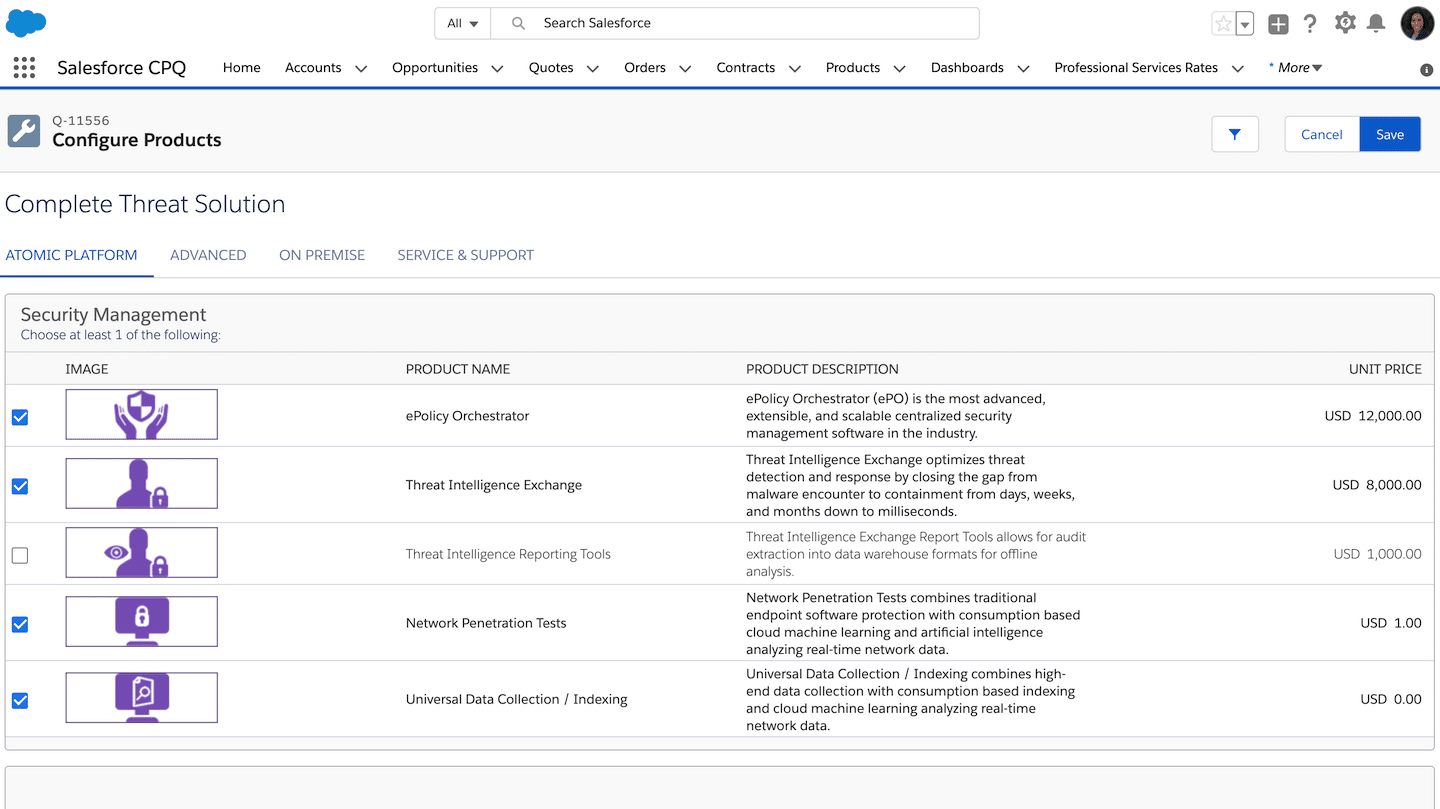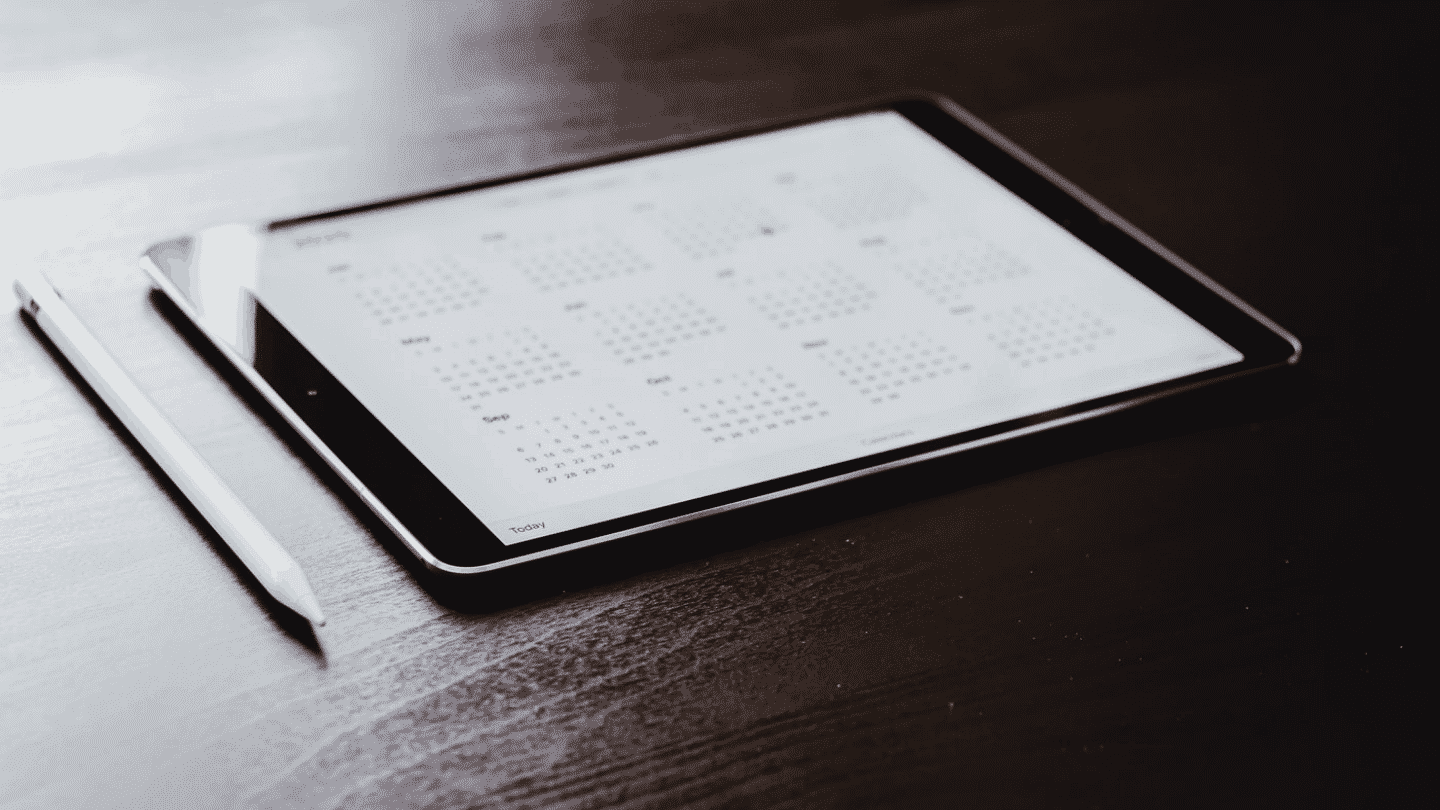“You hear me? A-B-C.
A- Always,
B- Be,
C-Closing.
Always be closing, always be closing.”
Blake, Glengarry Glen Ross, 1992
In this article, we give you all the keys to close more, faster.
What are the key steps of a closing call? What are the techniques to close better? In concrete terms, what attitude should I adopt to close more? How to close quickly when negotiations drag on?
Sommaire
#1 How to close the deal on the phone? 10 steps to close quickly

1. Be very clear about the objectives of your call
Make it clear at the beginning of the call that it is a closing call. Normally, you have already established this in the last conversation with your interlocutor, but insist on it again for those who were not present.
If you’re feeling a little bold, start the call by saying, “Our call today is to get you started with Salesdorado.”
Most salespeople are afraid to be so direct, but directness is one of the real assets in the sales negotiation process.
Salesdorado’s advice
Prepare and send an agenda (preferably in writing) before the call. At the last meeting, clarify what you will talk about next time: this way you take stock of what your prospect has learned and you can determine how to get her started.
2. Make the rounds of presentations
Ask everyone on the call to introduce themselves, whether they are from your company or your prospect’s company. At this point, there should be no surprise guests, but make sure you know who you are talking to.
It is best if everyone states their name, status and expectations for this call. If necessary, feel free to lighten the mood by asking everyone what their favorite cheese is.
3. Don’t waste too much time
Don’t spend more than two minutes talking about rain or shine. Of course, be human, but remember that this is a closing call. Talk a little with people you know and new ones to build trust and move on.
Spending too much time on anything non-business related can have a negative impact on your ability to close a deal especially if you have ultra-busy executives on the job.
4. Get them talking
Start the conversation with a simple question like “Where are we?” and let the other person speak.
His response then sets the direction of the call: he may say, “We’re ready to go further, we just have a few last-minute questions,” or “There are a few things we still need to clarify.”
Get to the point to find out if you need to spend more time convincing your prospect or if the call will be short. But remember, his questions always come first.
You should be able to tell if your prospect is ready to buy by their tone of voice.
5. Respond calmly to last minute concerns
It is always during the closing call that all the last minute objections come up.
“Your product costs too much,” “It’s not a good time to buy,” “I don’t know if you’re a better option for us than [le concurrent X].”
Fortunately, you can be prepared. Part of your job, of course, is to learn about your competitors’ products and your company’s competitive advantages, but you can also work with your marketing team beforehand to have ready-made arguments to defuse objections.
6. Talk about the price
At the time of the closing call, you should have already proposed your last price. A discount is obviously not mandatory, but always know how far you can go.
On the other hand, never post your lowest price up front, otherwise you have no room for negotiation.
Many new customers buy at the starting price, so don’t offer a discount if it’s not necessary. Instead, start with the number your prospect suggests.
Salesdorado’s advice
Be sure to negotiate directly with the financial buyer, the person who has the authority to approve the price given. Normally, you repeated it at the beginning of the call. If not, make sure you’re talking to the right person before you start making concessions.
7. Define the next operational steps
If your prospect is ready to get started, explain the details and tools of the process, including how to purchase and then implement your product. Explain the onboarding and training process, as well as customer support and payment.
Don’t forget the post-purchase steps: mention the person doing the onboarding if it’s not you. It is necessary to project all the people present into the very concrete of the commercial relationship, once the practical details have been settled.
Salesdorado’s advice
Also, set start dates: if your contact is not ready to buy this week or this month, you are wasting your time.
8. Define the next administrative steps
This step does not apply to everyone: it depends on the client’s legal processes. If these are quite extensive, ask your contact to specify what he/she expects from you and set deadlines by which the administrative and legal process must be completed.
9. Summarize the next steps again
At the end of the call, if everything has gone well, everyone is ready to sign a contract and start the integration process.
Make sure everyone is on the same page. Repeat everything you discussed on the call, and literally say the words “Okay, so we’re agreed. I am sending you a contract and expect to receive it by [date convenue].”
Assign very clear tasks and deadlines.
Go further
Consider electronic signature software to facilitate the process.
10. Take the contract to the end
At the end of your closing call and if all points have been properly addressed, the contract can be issued and signed to close the deal.
Make sure all stakeholders are on the same page and really express their agreement. Then the contract can be sent.
If you have not already done so, take the number of your direct contact and give them yours. This allows you to stay in touch with your client, especially to gently remind them of deadlines if you find that the contract is taking a long time to get back to your office.
Pay close attention until the end, and don’t fall behind.
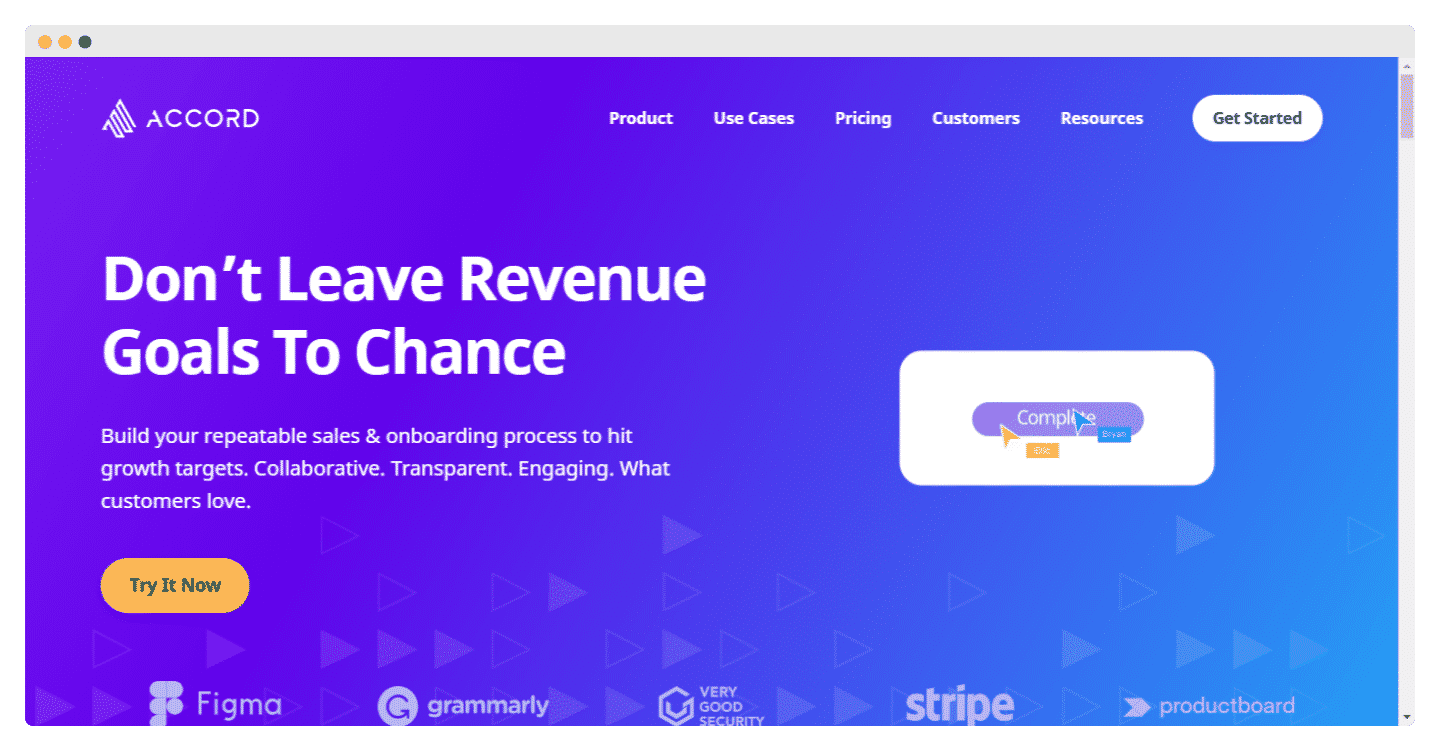
Go further
Consider tools like Accord to facilitate these exchanges.
#2 How to close a customer? 5 proven closing techniques

1. The limited offer
It’s a closing technique you all know: sales reps lure potential customers with fantastic discounts and create a sense of urgency. Probably one of the most common techniques, it helps speed up the sales process.
This results in conversations like this:
- Prospect: “We really like your product. I’m talking to management about it, and we’re going to sign with your product probably next week.”
- Sales Representative: “Great. I just have to tell you that we are offering a 10% discount to every registration made this week only. Don’t hang around too long!”
What we think
Even if it sounds a bit like an 80’s sales technique, and is based on FOMO (Fear Of Missing Out), it is still a very effective technique in B2B in complex sales where speed is key to prevent a deal from collapsing by inertia.
2. The final offer
Another business negotiation technique that has proven to be very successful is the so-called “calculated risk”. This is when you and your customer both know that your product is the best fit. But he continues to hesitate, just to get a discount from you.
This is the time when sales people give discounts in order not to lose their customer. But if you have closely observed their requirements and know that your product is the best fit, you can take that calculated risk.
The conversation then looks more like this:
- Prospect: “Your product works for us, but it’s a little out of budget. That’s why we’re not sure.”
- Sales Representative (who is smarter): “Look, I think our product meets all your needs. I’ve made sure of that myself. But feel free to compare it again with other products on the market; we can discuss it again later. However, I would like to point out that our prices are at least 20% cheaper than the competitors.”
3. How do we move forward?
This is a very clever closing technique where you ask the prospect directly. However, you too must be very smart and particularly knowledgeable about your product.
Make sure you understand what the prospect wants and make sure you have answered every query or question about the product.
Only then can you play the teacher who just finished his lecture, “Do you have any more questions or can we sign the contract?”
Of course, when asking this question, one must be prepared to answer any kind of objection.
Most of the time, when we ask a question, we already have an answer in mind and we just want to hear it from our interlocutor.
Here, this is not the case: all the prospect’s questions have been answered in order to ask him to conclude the contract.
What we think
The idea is to put the buyer in a position where he decides if he wants to move forward, after having made sure that he has all the key elements in hand. In a way, we make him responsible, and he decides when he feels ready to sign.
4. Turn the tables over
In English, we would call this technique “A walk to remember”: it’s about marking your interlocutor by being frank.
Like a guided tour for your prospect, you remind them of the key points from your last meeting and convince them that your product is perfect.
It’s super effective if you’ve had several meetings before, you’ve detailed the product several times, and the prospect shows consistent interest.
It’s time to make it clear to your prospect that your product is perfect for them for X number of solid reasons.
It looks like this:
- Sales Representative: “Sundar, we’ve been talking about X for a week. I’m really glad I could explain the product in depth. As I told you, I hope X will add real value to your business. May I explain our pricing plans?”
5. Pretend it’s already done
This is what we call a “soft sell”: it’s a modern technique to close a sale that consists in offering your product gently.
Sales people often feel that this is pointless, but understanding the customer’s needs better from the start is part of effective sales processes. This allows them to then identify how their product meets the customer’s requirements and discreetly slip their proposal in at the end of the conversation.
For a successful approach, you need to ask the right questions, which should be derived from the client’s needs. Then you check the boxes and go hunting.
Some questions to help you:
- What are your short and long term goals?
- What are your current needs?
- What are the challenges you face?
- What do you expect from our product/service?
- What are your purchasing criteria?
Attention
However, one must be wary of this type of technique. If it’s applied incorrectly, you can end up with customers thinking they’re buying something other than what’s intended. So you have to make a very clear recap of the deal in these cases, because it’s much harder to back out.
#3 How to get closer on the phone: Our practical tips
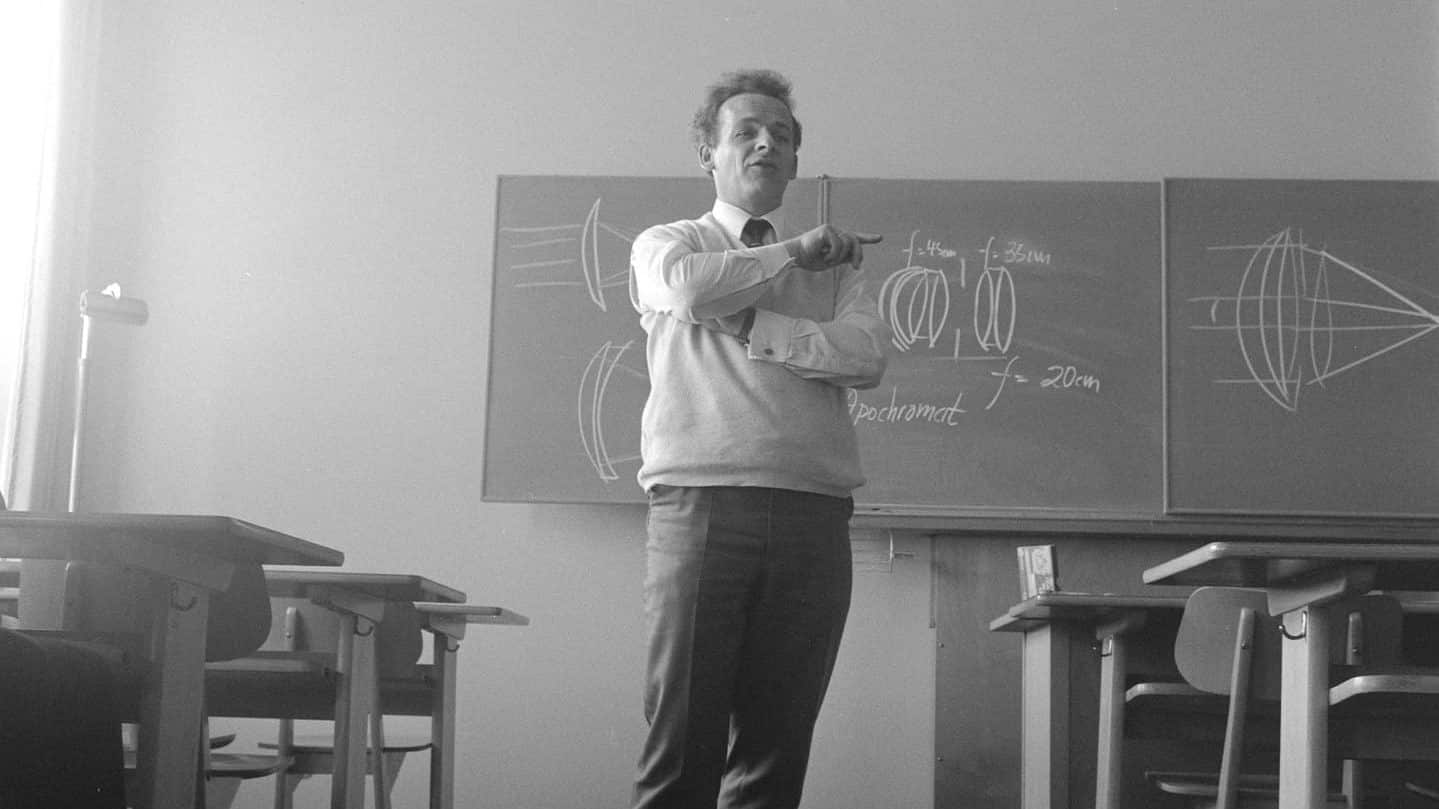
1. Talk less, listen more
Talking and exchanging are two different things. When you speak, you are more concerned with presenting your point of view. You are always thinking about what you are going to say next.
Exchanging also implies listening to your interlocutor. You first look at what they say to understand what they want, and only then do you present your point of view.
In sales, most salespeople are often obsessed with presenting their product. But the best approach is to first listen to what the prospect needs and then mention the benefits of your product and eventually close the deal.
2. Be serious
You know what we’re talking about: a high-pitched voice, feigned enthusiasm, desperation to sell a product… That’s a no (in caps) for many prospects. Stay calm and confident.
You and your prospect both know that you are trying to sell a product. But to do this, start by establishing a relationship of trust with him. You need his full attention to listen to what you are suggesting.
3. Do not force things
Most sales attempts fail simply because the prospect is not interested.
Your product has been created first and foremost to help customers: if they don’t trust it, there is no point in forcing it.
Instead, try to find a happy medium. If the customer is not sure, offer a free trial of your product for a few days. This allows you to bring your prospect into their comfort zone and then close a deal with them.
4. Exploit the silence
This is a well-known psychological method to get what you want, but you have to find the right way to do it.
For example, you find yourself in a situation where you ask the prospect to close the deal, and he or she gives you nonsensical arguments, probably in order to get a discount… Don’t answer!
Silence can make everyone uncomfortable. Humans are comfort seekers, and in those strange moments of silence, the prospect understands that his argument is absurd and ends up accepting your offer.
Attention
There is a fine line between a slightly annoying silence and an unbearable silence. Don’t play with fire, especially on the phone. This technique works much better in face-to-face meetings.
5. Talk about your competitors
It may sound very silly, but this tip can really help. When you can’t offer a discount and the customer is looking for a lower price, simply respond, “If price is your primary concern, I think you can explore other options. If, on the other hand, you value the features and style of your product, I can guarantee you can’t find a better option than us.”
Salesdorado’s advice
Don’t talk about your competitors on things you know little or nothing about. Be sure of what you are saying, and be as objective as possible. The idea is not to sell the competitor’s solution, but if they are objectively better on a point, saying so with candor will be much more beneficial to you than the opposite.
#4 When and how to close a sale?
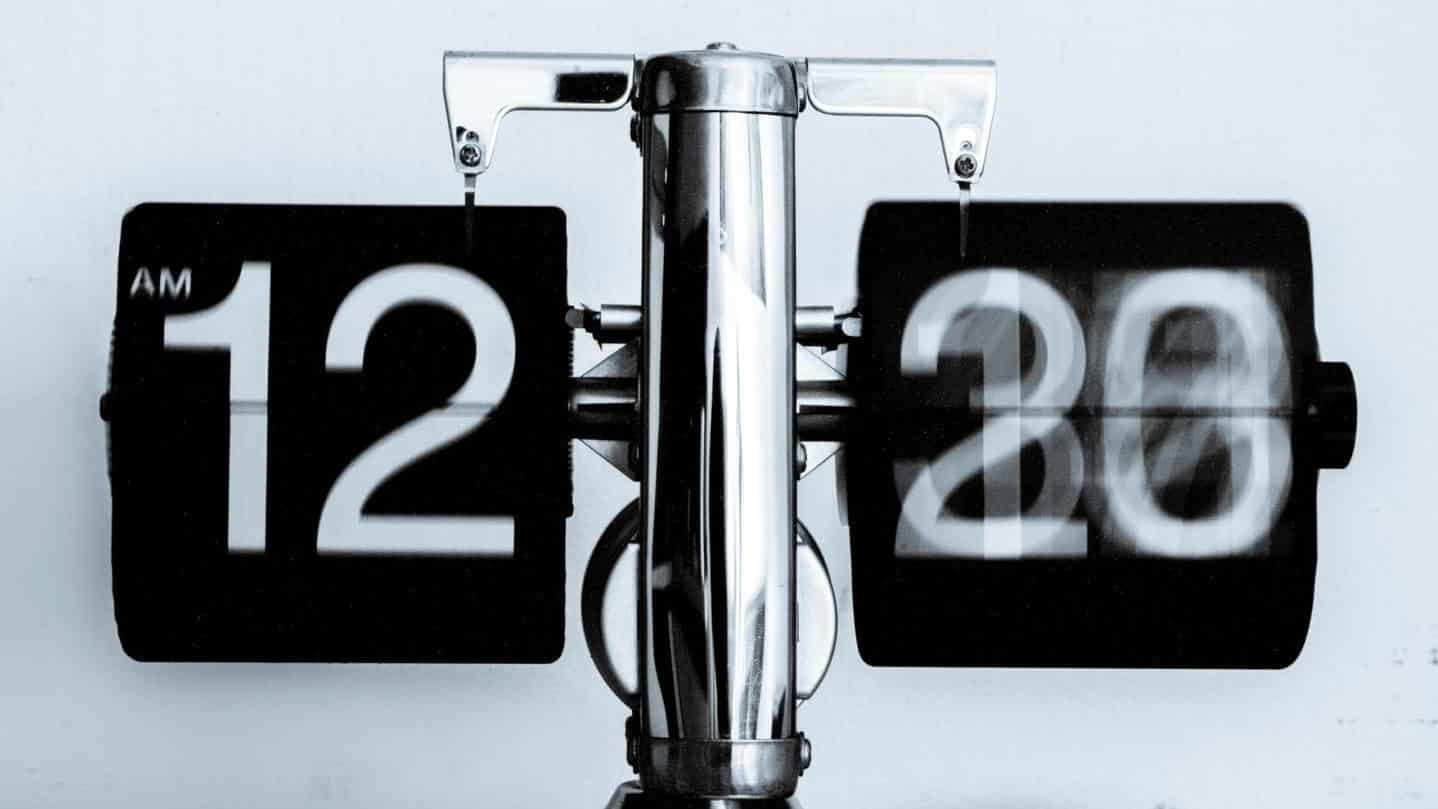
The best way to find out if your prospect is ready for the closing is to ask them.
Open the discussion with a question
It is a best business practice to have your prospect talk to you when you start a closing call, so you can see the direction your negotiation is going. So ask a simple question like “Where are we?” and let him talk.
Based on their response, you can get right to the point and determine if you can already close the deal or if your prospect still needs to be convinced.
Let them talk and tell them everything they need to know. He will not close the deal until he feels ready. Therefore, his questions are of utmost importance to you.
The tone of voice of the group leader (aka the one who decides whether to close the deal or not) usually lets you know if the prospect will go for it with you.
What do you say to a no?
You also need to be prepared for the fact that your contact may not be ready to sign.
Handling objections
A closing call is kind of the perfect time for all sorts of last-minute objections, from the common and somewhat expected to the random and seemingly impossible.
Here are some of them:
- “It’s not really a good time to use your service/buy your product now”.
- “Your product is too expensive for our budget”.
- “We’re not sure what you’re proposing is the best alternative for us compared to the competition.”
Prepare your closing call well so that you can answer at least the most common objections.
A good salesman must know his competitors’ products and services by heart, just as he knows his own. This is what allows him to highlight the competitive advantages of his company.



